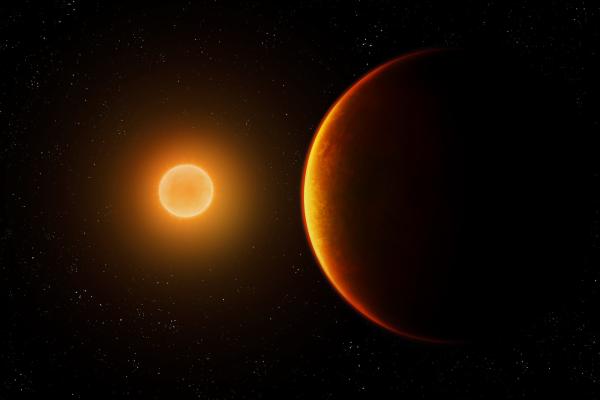
Title: Winds of Change: Navigating Exoplanet Atmospheres at High Spectral Resolution Across Spatial Scales
Speaker: Anusha Pai Asnodkar (OSU)
Abstract:
Exoplanet atmospheres reveal complex dynamical and chemical processes at high spectral resolution. As one of the largest optical telescopes in the world to-date, the Large Binocular Telescope (LBT) is an ideal facility with the sensitivity to observe exoplanet atmospheres and provides a first look into the science that will be accessible in the era of Extremely Large Telescopes. In this dissertation talk, we discuss results from high-resolution (R ~ 130,000) transit spectroscopy of observationally favorable and phenomenologically intriguing ultra-hot Jupiter atmospheres (KELT-9 b, KELT-20 b, and WASP-12 b) using the PEPSI fiber-fed optical echelle spectrograph on the LBT. Our multi-epoch analysis of ionized iron absorption in the atmosphere of KELT-9 b reveals unanticipated variation of the planet's day-to-nightside wind velocities across transits. By comparison, a similar analysis of KELT-20 b exhibits stable wind speeds in statistical agreement across all analyzed transits. We extend the analysis to multiple spectroscopic tracers and observe an instrument-dependent dichotomy in measured day-to-nightside wind speeds despite rigorous efforts ruling out instrumental systematics as the source of the observed discrepancy. We also briefly explore the hydrodynamic regime of ultra-hot Jupiters, drawing on observational evidence and hydrodynamic models to explain why previous claims of escaping hydrogen probed by Hα absorption from the inspiraling planet WASP-12 b are questionable and need to be re-evaluated.
Looking to the future, we explore an instrument concept called fiber nulling to suppress starlight and enable direct spectroscopy of temperate-zone planetary atmospheres with the ultimate goal of searching for molecular tracers of planet formation and potential biosignatures in broadband near-infrared light. We present a laboratory proof-of-concept of a dual-aperture fiber nuller in monochromatic optical light. We demonstrate peak sensitivity to planet light at angular separation ~0.8 λ/B from their host stars and measure a null depth of 7.6 x 10-4. The DAFN technology can potentially be deployed to pre-existing interferometric frameworks such as the Large Binocular Telescope Interferometer. Finally, we investigate transmissive pupil-plane mask technologies for cross-aperture nulling. We empirically demonstrate that a scalar vortex with a well-calibrated wedge and liquid crystal polymer phase knifes are viable technologies for achromatic fiber nulling with null depths ≲10-4.
Collectively, these efforts help lay the groundwork for next-generation giant exoplanet science and technology development, broadening the reach of atmospheric characterization from ultra-hot Jupiters to temperate analogs of Solar System gas giants.
